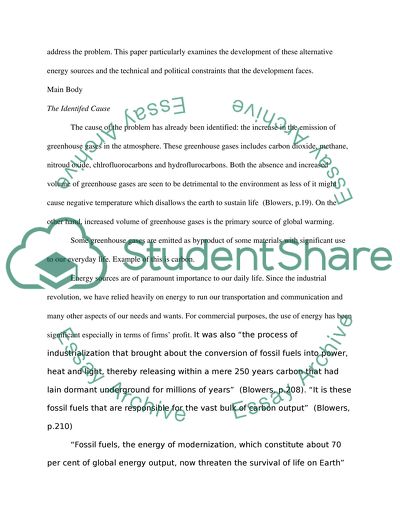Cite this document
(“Constraints to the Development of Alternative Energy Essay”, n.d.)
Retrieved from https://studentshare.org/science/1504090-alternative-energy-strategies
Retrieved from https://studentshare.org/science/1504090-alternative-energy-strategies
(Constraints to the Development of Alternative Energy Essay)
https://studentshare.org/science/1504090-alternative-energy-strategies.
https://studentshare.org/science/1504090-alternative-energy-strategies.
“Constraints to the Development of Alternative Energy Essay”, n.d. https://studentshare.org/science/1504090-alternative-energy-strategies.


